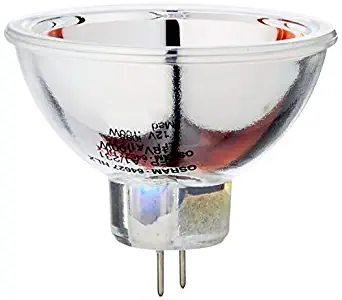LED lamps are vastly used in halogen projectors nowadays. The brightness and color accuracy of the best LED for halogen projector can be improved through two primary methods. Let us see what they are below.
Improving the chip’s luminescence efficiency
For increasing the output of light of the LED chip itself, the light output must be increased by improving the efficiency of the active layer of the chip. It can also be done by improving the efficiency of the external extraction of light. Both of these can be done by optimizing the chip’s shape or creating larger-scale chips which are capable to hold high-density currents.
The technology of light wave control
For using the light effectively, or rather, for increasing the light amount which irradiates towards the preferred location, the users will need to follow another technology. It is called light wave control. Here, the users can control the light through better designs of the optical structures that are shaped by the packed epoxy resin. Users can control the light to shine toward the expected direction and it improves the brightness of the LED.

These two are the methods for improving the brightness of the LED. If the LED display’s brightness runs under expectation, users will need to adopt the below-mentioned methods.
• Generally, LED lamps allow an operating current of 20 milliamperes continuously for altering the magnitude of the current which runs through it. Only the red LED lamps have a saturation phenomenon. The brightness of the other LED lamps is in ratio to the amount of current which runs through them.
• The users will need to realize the control of the grey scale by adopting the method of Pulse-Width Modulation (PWM). It’s to change the light pulse’s (duty cycle) width periodically. If the relighting cycle’s time is short enough (which means if the rate of refresh is high enough), the dithering of luminescence pixel can’t be felt by the eyes, all thanks to the trait of visual persistence.
It’s more adaptive to include digital control for realizing PWM. Meanwhile, as microcomputers are used widely for making the content gets displayed on screens of LED, almost all of the systems of LED control are composed ofthe display control device, scanning board, and main controller.
Role of the main controller
Firstly, the Main controllers capture the data on the brightness of all the colors in one specific image screen from that adapter of the display. Next, they distribute that data to the board of scanning. Every scanning board takes care of specific rows of the display of LED. The control signal of the LED display in every row is capable of being transmitted serially.
Presently, LED lamps are equipped with 2 serial modes for transmitting the control signal of the display. One way will be to produce centralized control for every pixel’s greyscale in the board of scan. The board analyses the data of every row of pixels that is received in the PWM process.

I’m Steven Berry and I’m the proud owner of an electronics store. With years of experience in the industry, I’m passionate about providing top-quality projectors to customers who want to take their entertainment or business presentations to the next level. Browse my store and let me help you find the perfect projector for your needs.



